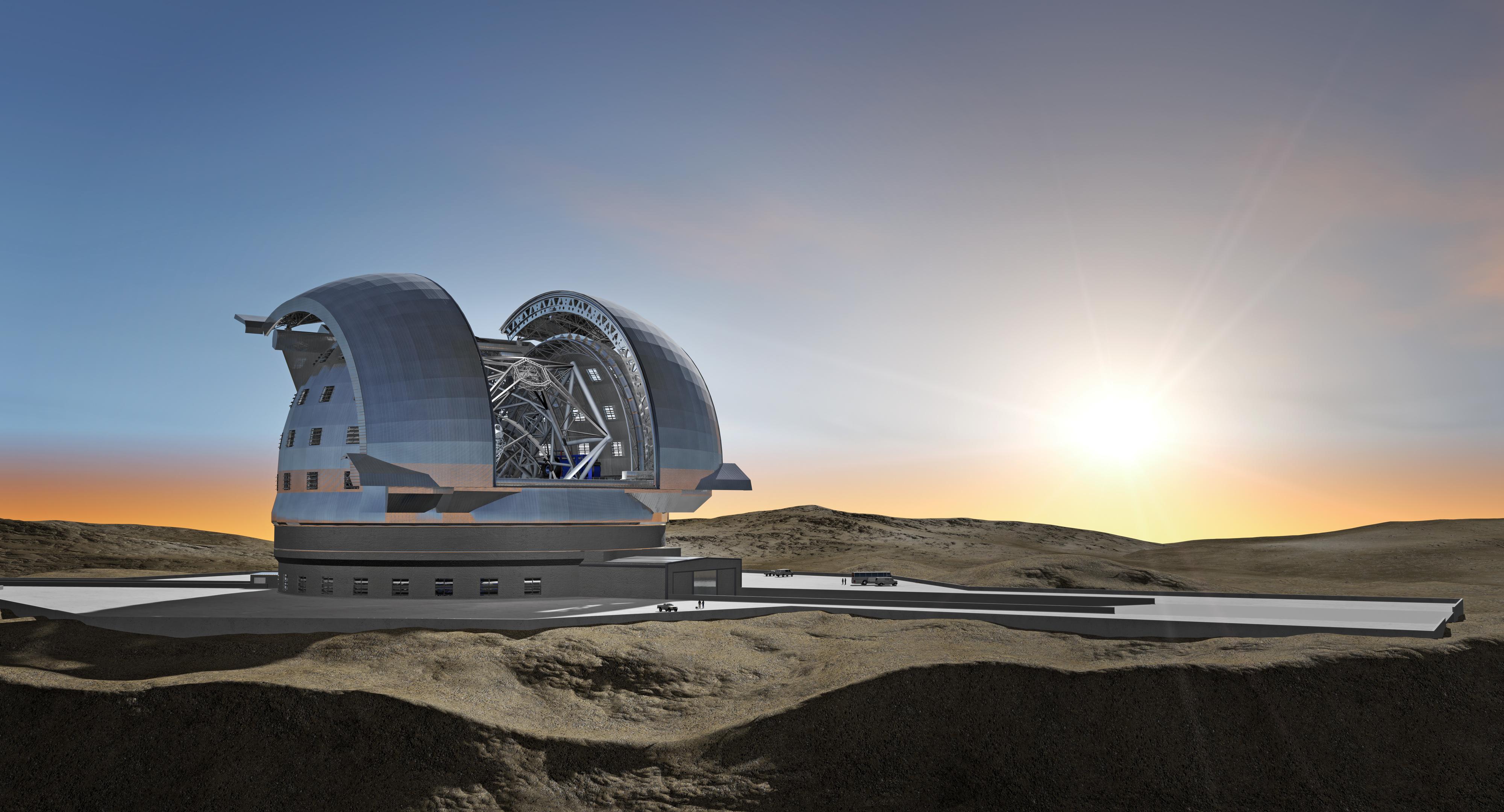Distributed wavefront reconstruction on multi-core hardware for the European Extremely Large Telescope
Thesis supervisor: Prof. Michel Verhaegen (contact)Researcher: Dr. Coen de Visser
Keywords: distributed control, adaptive optics, multi-core hardware implementation
Description:
Atmospheric turbulence distorts the observations of astronomical telescopes, which must be compensated for using adaptive optics systems. Current adaptive optics systems for astronomical telescopes consist of a so-called wavefront sensor, a control system and a deformable mirror that can minimize the negative effects of atmospheric turbulence on the astronomical observations. The wavefront sensor, however, does not directly measure the wavefront but rather its slopes. It is the process of wavefront reconstruction that aims to reconstruct the original wavefront from the slopes measured by the wavefront sensor.

Current wavefront reconstruction methods require the least squares solution with sparse data matrices at a computational cost of O(N3), with N the number of sensors. The European Extremely Large Telescope, currently under development at ESO (http://www.eso.org/public/teles-instr/e-elt.html), will have a diameter of about 40m and as a consequence the number of sensors for the adaptive optics system will be in the order of 10.000-50.000. The computational complexity of the standard matrixvector multiplication will be too high for implementation on single core hardware. New alternative wavefront reconstruction methods need to be developed and implemented over multiple computing cores, such as GPUʼs and/or multi-core CPUʼs, and compare it with current large scale wavefront reconstruction methods. These new methods should preferably have linear computational complexity.